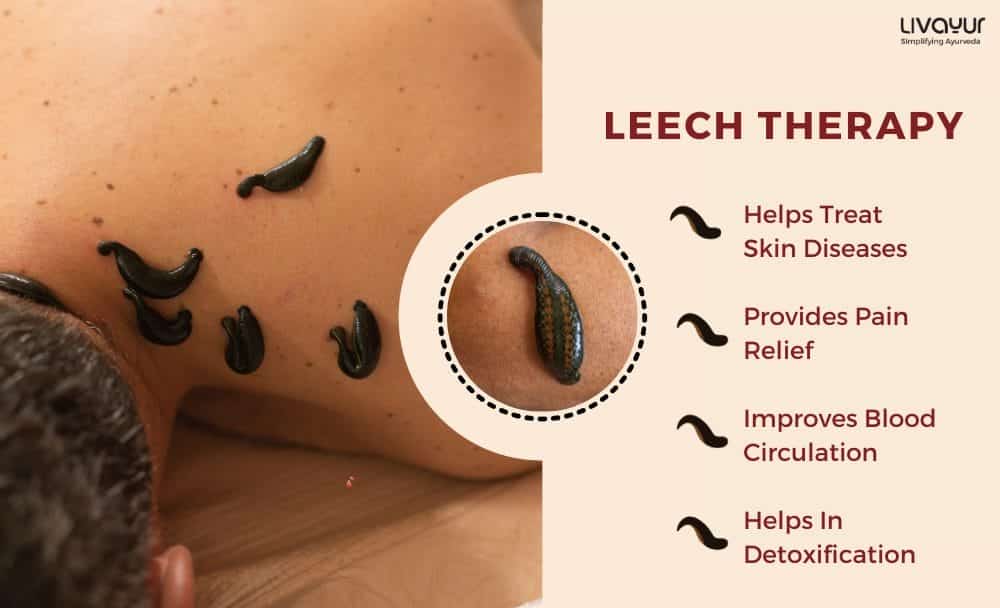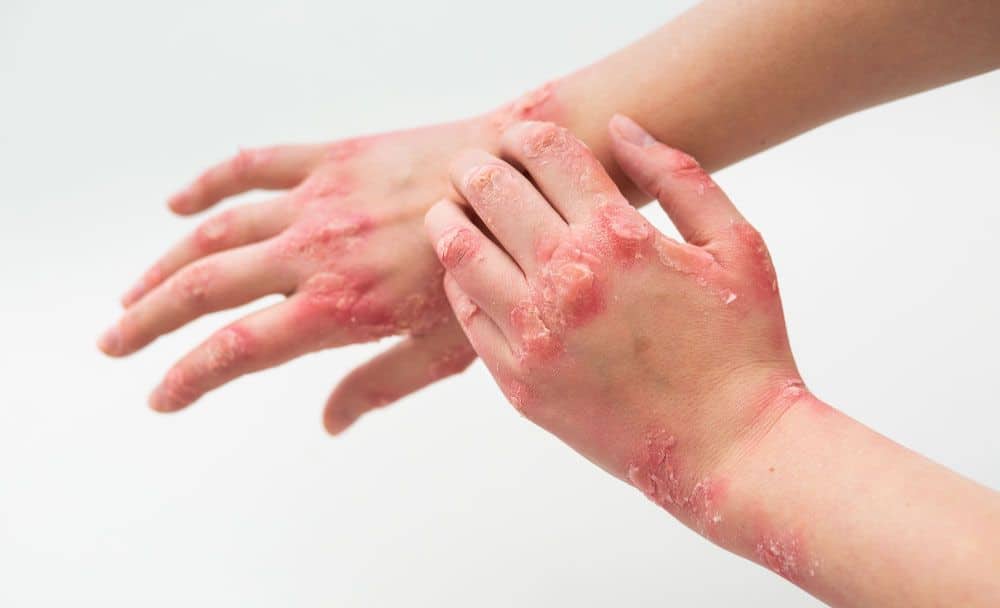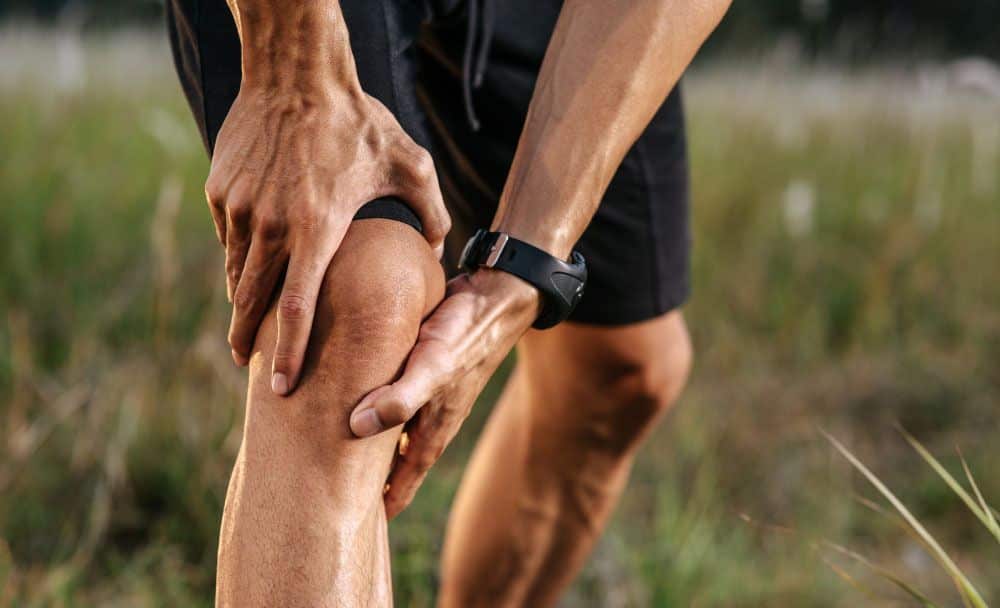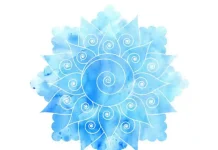
Leech therapy, also known as Jalaukavacharan or hirudotherapy, is a traditional Ayurvedic treatment method for Raktamokshana(Blood letting) that involves using medicinal leeches to treat various health conditions. This therapy has been used for thousands of years and is still in use today due to its proven effectiveness in treating various ailments. [1] [2]
In this article, we will explore what leech therapy is, its benefits, side effects, and how it is done.
What is Leech Therapy?
Leech therapy involves the application of medicinal leeches on the skin to draw out impure blood from the body for the purpose of Bloodletting or Raktamokshana which is a crucial component of Panchakarma, the Ayurvedic system of clinical therapy. This therapy is used to manage various diseases by purifying the blood through the controlled removal of small amounts of impure blood, which helps to remove the accumulated toxins in the body. [3]
The medicinal leeches used in this therapy are not the same as the common garden leeches but are specially bred and kept in a hygienic environment to ensure their purity. The leeches are applied to the skin surface at specific points, where they attach themselves and start sucking blood. [4]
Once attached, the leech releases a chemical called hirudin, which is a natural anticoagulant that prevents blood from clotting. This allows the leech to suck blood for an extended period, up to 30 minutes, before dropping off. During this time, the leech not only draws out impure blood but also releases beneficial enzymes and hormones into the bloodstream that promote healing and pain relief. [1] [3]
Benefits of Leech Therapy
Leech therapy has been used for centuries to treat various health conditions, including:
1. Skin diseases

Primary Benefit: Leech therapy is effective in skin diseases such as psoriasis, eczema, and acne.[5] [6]
Secondary Benefit: The enzymes and hormones released by the leeches improve blood circulation, reduce inflammation, and promote the growth of healthy skin cells. [5] [6]
2. Pain relief

Primary Benefit: Leeches release the enzyme called Hirudin which is present in their saliva into the patient’s bloodstream. [7] [8]
Secondary Benefit: The enzymes have analgesic properties that provide pain relief for various conditions, including arthritis, sciatica, and migraines. [7] [8]
3. Blood circulation
Primary Benefit: The anticoagulant properties of hirudin help to improve blood circulation. [9]
Secondary Benefit: This is beneficial for patients with hypertension, varicose veins, and other circulatory disorders. [9]
4. Detoxification
Primary Benefit: Leech therapy helps to detoxify the body by drawing out impure blood. [8]
Secondary Benefit: This helps remove toxins and waste products that can cause various health problems. [8]
5. Anti-inflammatory
Primary Benefit: The enzymes and hormones released by the leeches have anti-inflammatory properties. [7] [8]
Secondary Benefit: These properties are beneficial for patients with conditions such as rheumatoid arthritis, osteoarthritis, and other inflammatory conditions. [7] [8]
6. Anti-coagulant
Primary Benefit: The anticoagulant properties of hirudin are also beneficial for patients with blood clotting disorders. [10]
Secondary Benefit: It can also be effective in aiding treatments for conditions such as deep vein thrombosis (DVT), pulmonary embolism (PE), and stroke. [10]
Side Effects of Leech Therapy
Like any other medical treatment, leech therapy also has its side effects, which include:
1.Infection
There is a risk of infection from leech therapy, especially if the leeches are not kept in a hygienic environment or if they are applied to open wounds or sores. [11]
2. Allergic reactions
Some patients may develop allergic reactions to the enzymes and hormones released by the leeches, which can cause itching, swelling, and redness. [11]
3. Bleeding
The anticoagulant properties of hirudin can cause excessive bleeding in patients with bleeding disorders or those taking blood-thinning medications. [11]
4. Pain and discomfort
The process of leech therapy can be painful and uncomfortable, especially during the attachment and detachment of the leeches. [11]
How is Leech Therapy Done?
Leech therapy is performed by trained Ayurvedic practitioners who specialize in this form of treatment. The process of leech therapy involves the following steps:
Identification of treatment areas
The practitioner identifies the areas where the leeches will be applied based on the patient’s condition. [1] [2]
Preparation
The skin surface is cleaned and sterilized to prevent infection. The leeches are then placed in a container filled with warm water, which helps to stimulate their movement.[1] [2]
Application of leeches
The leeches are then applied to the skin surface after wearing hand gloves. The leeches attach themselves to the skin and start sucking blood. [1] [2]
Monitoring
The practitioner closely monitors the patient’s condition during the therapy and removes the leeches once they have dropped off.[1] [2]
Post-treatment care
After the therapy, the skin surface is cleaned and covered with a sterile dressing to prevent infection. The patient is advised to avoid strenuous activities and to rest for a few hours.[1] [2]
FAQs about Leech Therapy
1. Is leech therapy safe?
Like any medical treatment, leech therapy has its risks and side effects. There is a risk of infection, bleeding, and allergic reactions. It is important to seek the advice of a trained practitioner before undergoing leech therapy.
2. How long does leech therapy take?
The length of leech therapy depends on the patient’s condition and the number of leeches used. Typically, a single session lasts for 30 minutes to an hour.
3. How many sessions of leech therapy are needed?
The number of sessions of leech therapy needed depends on the patient’s condition and response to treatment. Some patients may require multiple sessions for optimal results.
4. Is leech therapy covered by insurance?
Leech therapy may not be covered by insurance as it is considered an alternative treatment method. It is important to check with your insurance provider to determine coverage.
5. Can I perform leech therapy at home?
Leech therapy should only be performed by a trained practitioner in a sterile environment. It is not recommended to attempt leech therapy at home as it can increase the risk of infection.
Conclusion
Leech therapy is a traditional Ayurvedic treatment that has been used for centuries to treat various health conditions. The therapy involves the use of medicinal leeches that draw out impure blood from the body, promote healing, and provide pain relief. While leech therapy has proven to be effective in treating various ailments, it also has its side effects, and it is important to seek the advice of a trained practitioner before undergoing the treatment.
Disclaimer: This article is from an informational and Ayurvedic perspective only and does not constitute medical advice. Kindly seek the help of a trained medical practitioner before initiating any treatment.
References:
Medical leech therapy in Ayurveda and biomedicine – A review – ScienceDirect
Historical Aspects of Leech Therapy: A Critical Review (researchgate.net)
A critical review on Consequence of Jaloukavacharan (leech therapy) in clinical practice (researchgate.net)
A Brief Review On The Leech Cultivation And Applications Of Leech Therapy In Pain Management
A Review On Leech Therapy(pharmasm.com)
Jalaukavacharna-vidhi-in-the-management-of-acne-vulgaris-yuvanpidika-A-case-study.pdf (researchgate.net)
Pain Management: An Ayurvedic Prospective
Leech therapy for pain relief: Rational behind a notion (researchgate.net)
Clinical Importance of Leech Therapy (niscpr.res.in)
Leech Therapeutic Applications – PMC (nih.gov)
Complications of leech therapy – PMC (nih.gov)




















